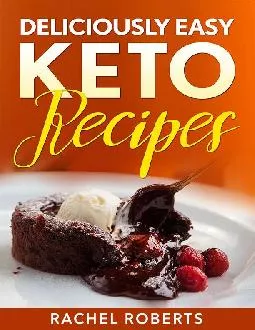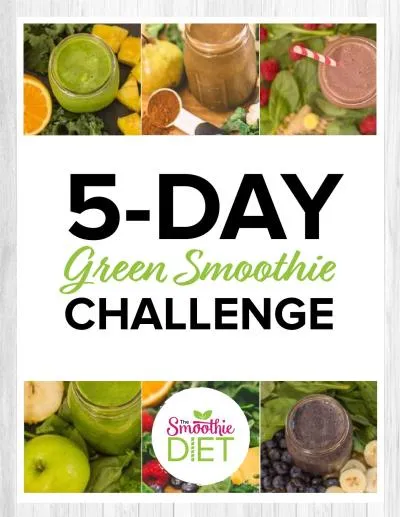PDF-Mixed diet is the best diet for your Lovebird. A mixed diet is one tha
Author : tatyana-admore | Published Date : 2015-08-28
DIET CHART Dos Seeds are a must Ideally they should form only 10 of the diet Seeds up to 25 of the diet are harmless Give a variety of pellets to your Lovebird Lovebirds
Presentation Embed Code
Download Presentation
Download Presentation The PPT/PDF document "Mixed diet is the best diet for your Lov..." is the property of its rightful owner. Permission is granted to download and print the materials on this website for personal, non-commercial use only, and to display it on your personal computer provided you do not modify the materials and that you retain all copyright notices contained in the materials. By downloading content from our website, you accept the terms of this agreement.
Mixed diet is the best diet for your Lovebird. A mixed diet is one tha: Transcript
Download Rules Of Document
"Mixed diet is the best diet for your Lovebird. A mixed diet is one tha"The content belongs to its owner. You may download and print it for personal use, without modification, and keep all copyright notices. By downloading, you agree to these terms.
Related Documents

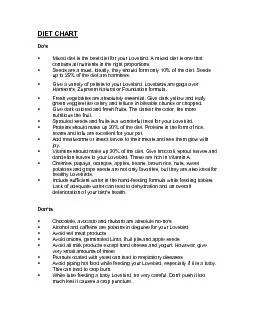

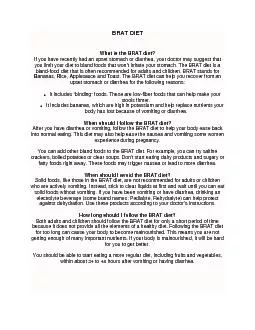
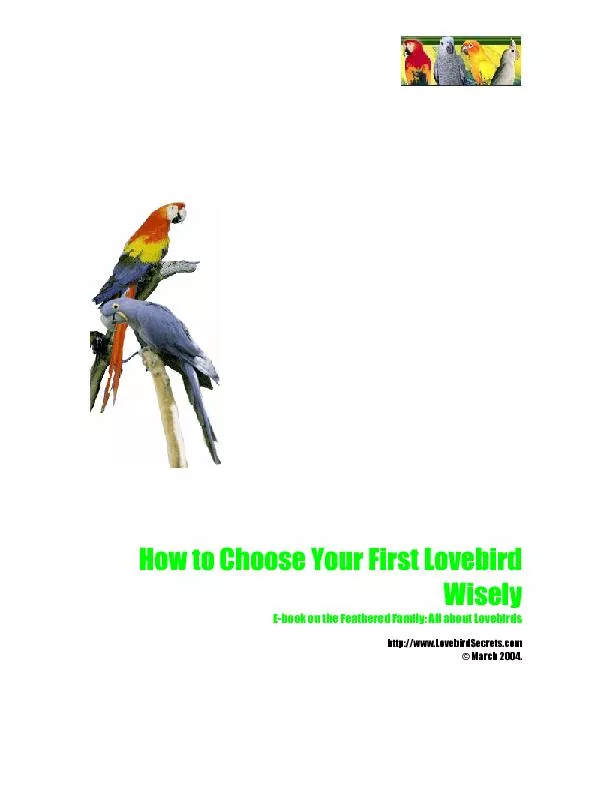
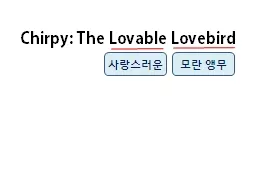
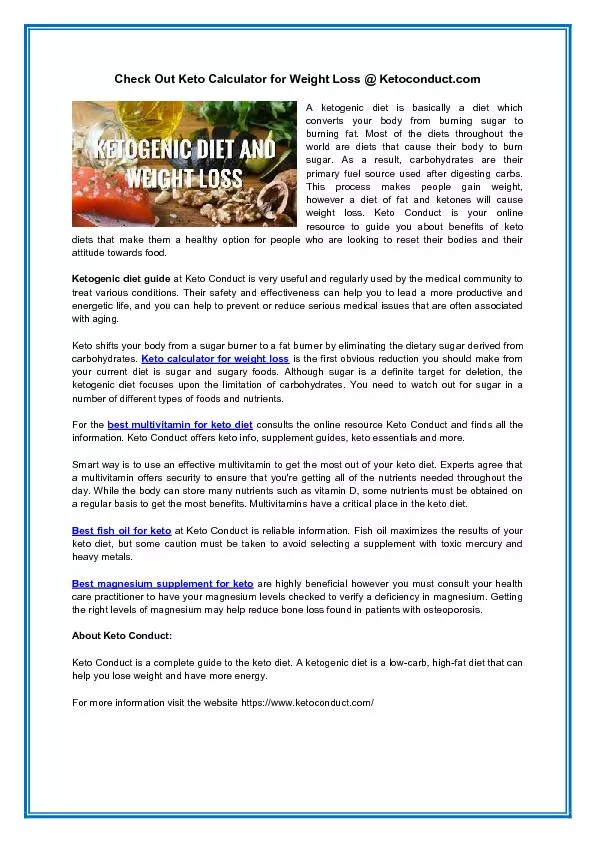



![[DOWNLOAD] Paleo diet: Paleo Diet Plan for Begginers (Paleo diet for beginners, Paleo](https://thumbs.docslides.com/882090/download-paleo-diet-paleo-diet-plan-for-begginers-paleo-diet-for-beginners-paleo-diet-recipes-paleo-diet-cookbook-paleo-plan.jpg)
